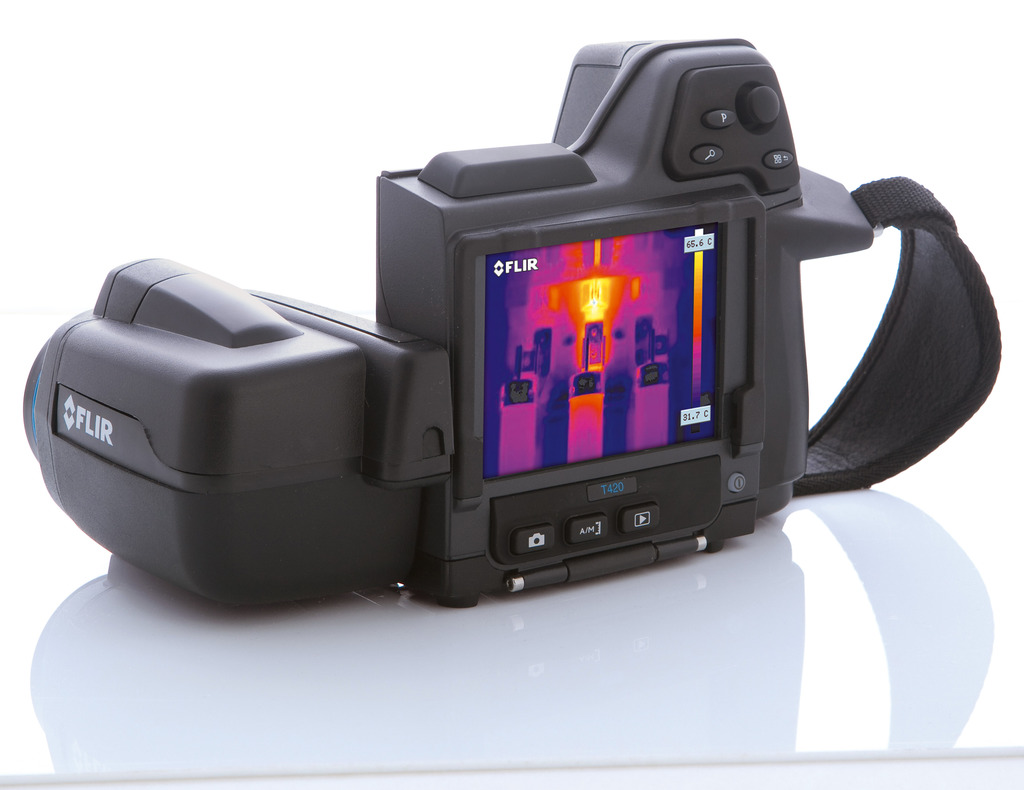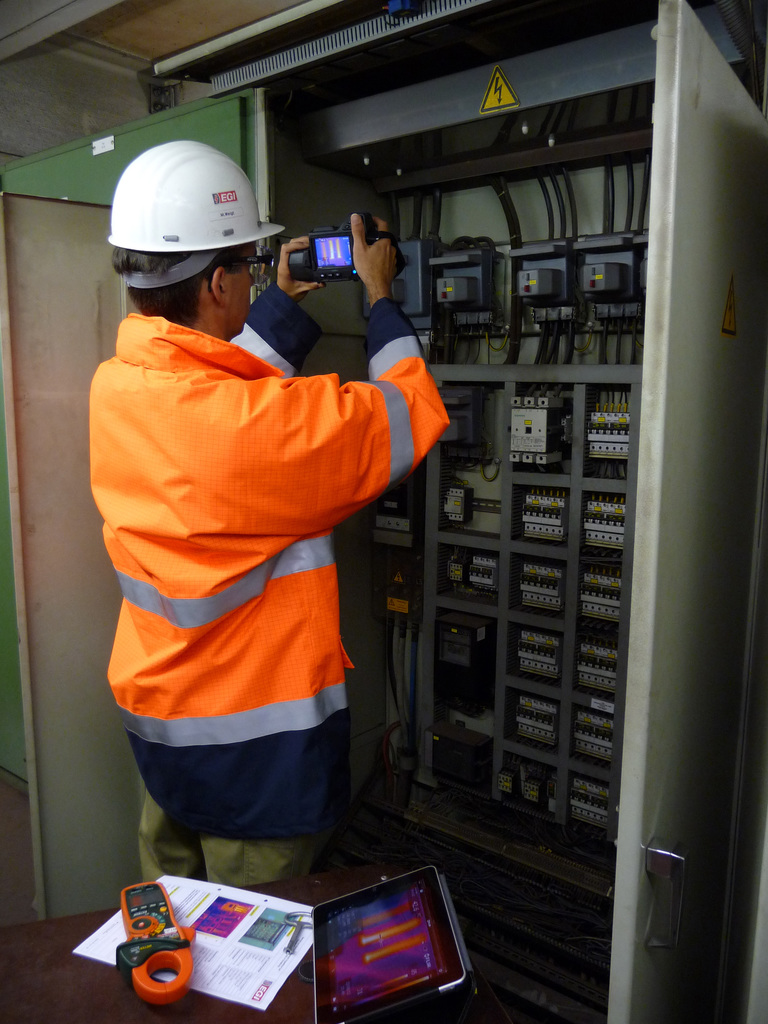
Kelly Rose
Editor

Kelly Rose
Editor
DATA CENTRE systems’ failures are costly, so it is critical that any electrical fault is spotted in its infancy before it has the potential to compromise service.
A popular method for detecting these faults is thermal imaging. It’s a technology that has become mainstream in the last decade whose cost has fallen substantially.
The range now extends from pocket-sized models and infrared-enabled smart phones to low cost point-and-shoot troubleshooting cameras and high end models with every function necessary for the professional thermographer.
Most thermal imaging cameras have fewer pixels than visible light cameras, so pay close attention to detection resolution. Higher resolution infrared cameras can measure smaller targets from farther away and create sharper thermal images, both of which add up to more precise and reliable measurements.
Also, be aware of the difference between detector and display resolution. Some manufacturers will boast about a high-resolution LCD to mask their low-resolution detector when it’s the detector resolution that matters most.
Higher resolution thermal imaging not only provides more accurate quantitative results, it can also be very effective in showing findings in finer details to others. This can help speed the decision-making process for improvements and repairs.
As well as clarity of image for effective problem diagnosis, resolution is very important from a safety perspective too. For electrical inspection, there is no point in buying a low-priced, low-resolution troubleshooting camera that can only give you a clear image when it’s six inches away from the target!
Consistency of measurement accuracy is a very important factor when determining the value of a camera.
In order to produce correct and repeatable results, your camera should include in-built tools for entering both values for emissivity – the measure of efficiency in which a surface emits thermal energy – and also reflected temperature.
A model that gives you an easy way to input and adjust these parameters will produce the accurate temperature measurements you need in the field. Other helpful diagnostics to consider are multiple moveable spots and area boxes for isolating and annotating temperature measurements that can be saved as radiometric data and incorporated into reports.
Some cameras feature composite video output for cabling to digital recorders while others include HDMI outputs. And new mobile applications have also been developed that allow streaming video over wi-fi. All these capabilities help you share findings more effectively and enhance your infrared inspections and reports.
And finally, don’t underestimate the importance of training. The best thermal imaging camera in the world is only valuable in the hands of a skilled operator.




2 Kings Hill Avenue
Kings Hill
West Malling
ME19 4AQ
UNITED KINGDOM
01732 220011